
Epigraphy
Epigraphy is not a true science, any more than anthropology and archaeology. Translations cannot be measured or weighed. The texts of ancient times was often clouded in metaphor. Simple words had multiple often complex meanings. Literal translations sound akin to gibberish. Epigraphy relates more to an ability to read and understand messages and images created in antiquity. Most archaeologists come across epigraphic materials at one time or another in field work but remain perplexed with the idea that ancient cultures and societies with which history is unfamiliar could and did communicate with written messages. In the case of Inyo, some of the necessary knowledge of proper metaphor is known and properly applied. The results are profound.
The following papers and articles have been published in the journal of The Epigraphic Society Occasional Papers by researchers working with data from the Inyo location. They are presented here with the permission of the authors. All have been converted to HTML text and illustrations have been retained.
CLICK ON THE SMALL IMAGE TO ENLARGE TO READABLE SIZE
Epigraphic Society Occasional Papers
Volume 21, pages 263 through 267
Author, Professor H. B. "Barry" Fell
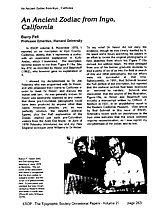 |
 |
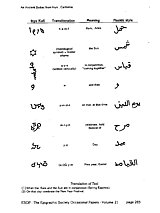 |
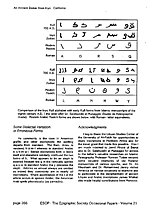 |
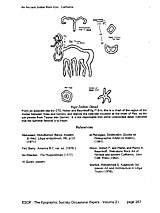 |
Epigraphic Society Occasional
Papers
Volume 21, pages 268 through 277
Author, Roderick L. Schmidt
 |
 |
 |
 |
 |
 |
 |
 |
 |
Epigraphic Society Occasional
Papers
Volume 22, pages 267 through 273
Author, Roderick L. Schmidt
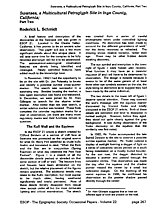 |
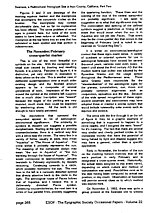 |
 |
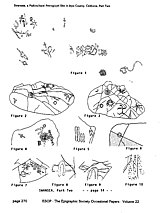 |
 |
 |
Epigraphic Society Occasional
Papers
Volume 23, pages 71 through 85
Author, Professor Alan Gillespie
 |
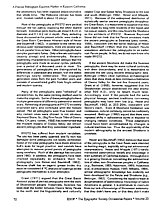 |
 |
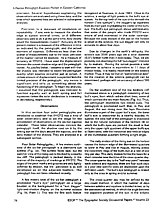 |
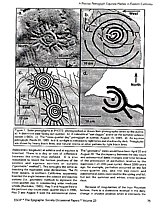 |
 |
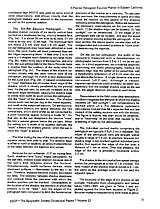 |
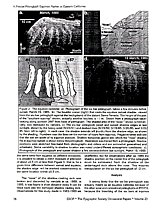 |
 |
 |
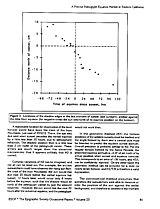 |
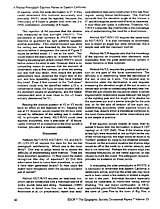 |
 |
 |
 |
Personal communication between Professor H. B. "Barry" Fell and Roderick L. Schmidt regarding a sketch submitted for analysis.

|
Dr. Norman Tottens reply to Archaeologists denunciations
Use your Browsers BACK function to return to this page
Return to Inyo Connections
Return to Science Applied to Inyo
© 2008The Equinox Project, All Rights Reserved. Compiled from the
contents of The Dawson Library
Created for and maintained by The Equinox Project Please email any comments, questions or suggestions to:
info4u@equinox-project.com
NOTE you must remove !!! from the suplied address before using.
Last Modified January 2010